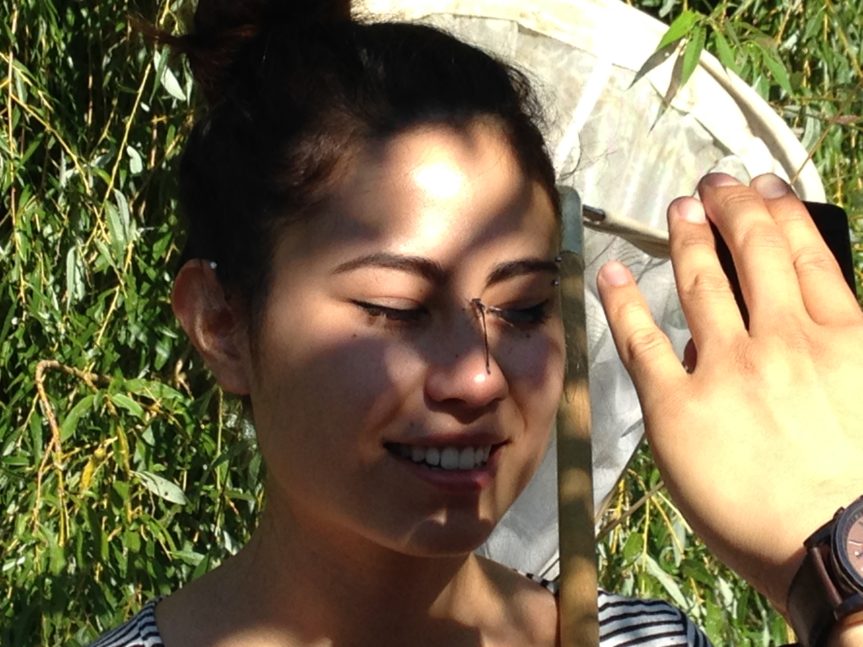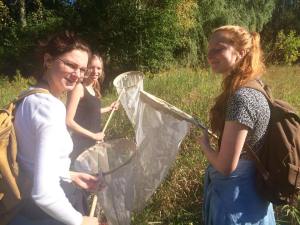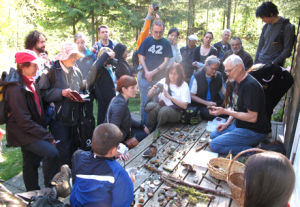
ALL THE NAMES FOR EVERYTHING was a walk on Mount Nemo with diverse outdoor education leaders bringing various scientific and cultural perspectives on naming flora and fauna along the trail.
The popular nature educator Richard Aaron spoke of scientific botanical and common English naming, while Melanie Gray of wolf clan from Tyendinaga Mohawk Territory discussed spiritual and medicinal connections to plants in addition to some of their names in Mohawk, and Jon Jonson, a community-based Indigenous scholar discussed place names and the history and ongoing presence of Indigenous peoples in the Toronto region.


Together we considered the origins and meanings of botanical names, numerous common names, and names in different languages of many of the places, plants and animals encountered along our walk.
We discussed names that give evocative descriptions, that tell of our many relationships to plants and other creatures, to languages and names that were absent and lost to Indigenous peoples, and to racist names – that speak to our often difficult relationships with each other.





















You must be logged in to post a comment.